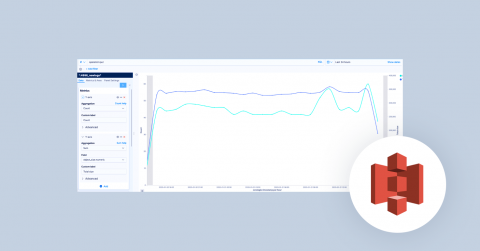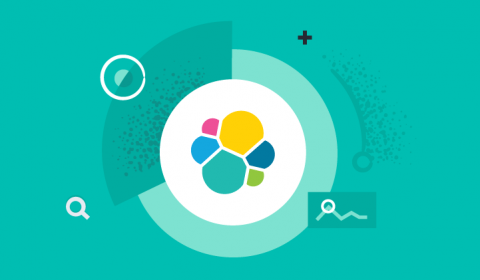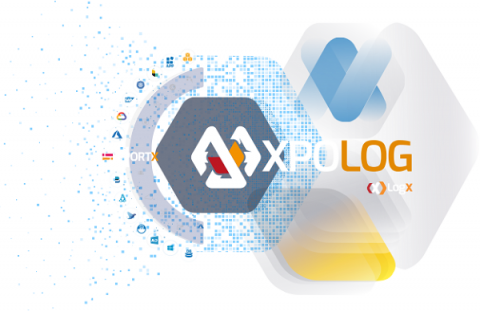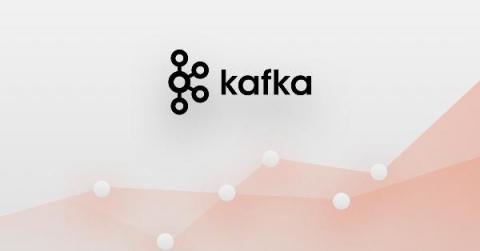World Economic Forum In Davos - Growth in Global Technology Risk
Hey there, While the World Economic Forum (WEF) in Davos always dominates the news agenda across a variety of topics I wondered what discussions around technology occurred this year, particularly from a cybersecurity perspective. During my reading, I came across the global risks report 2020 published by WEF and thought sharing some of the key points would help you in case you have to argue about the importance of cybersecurity.








